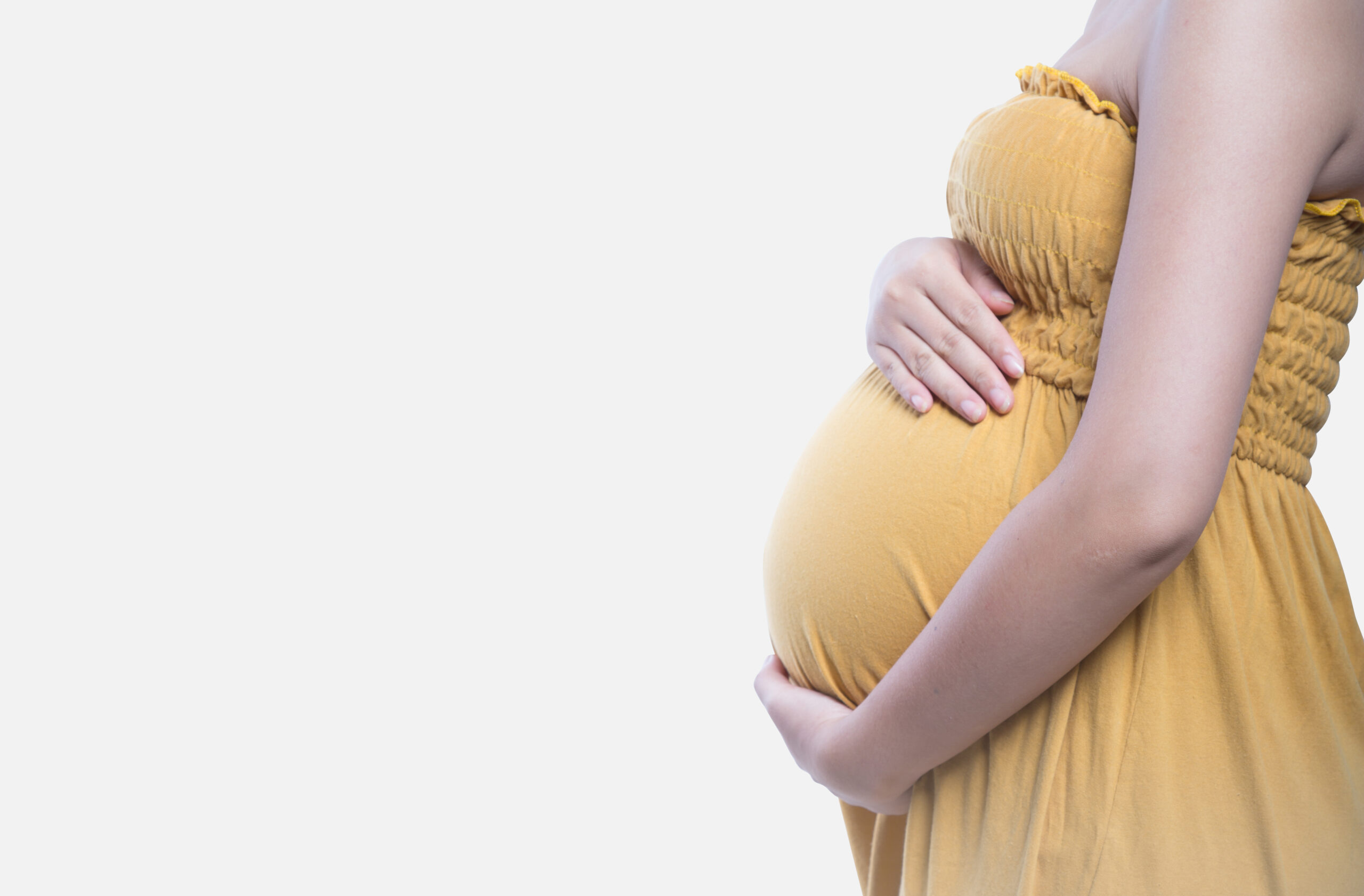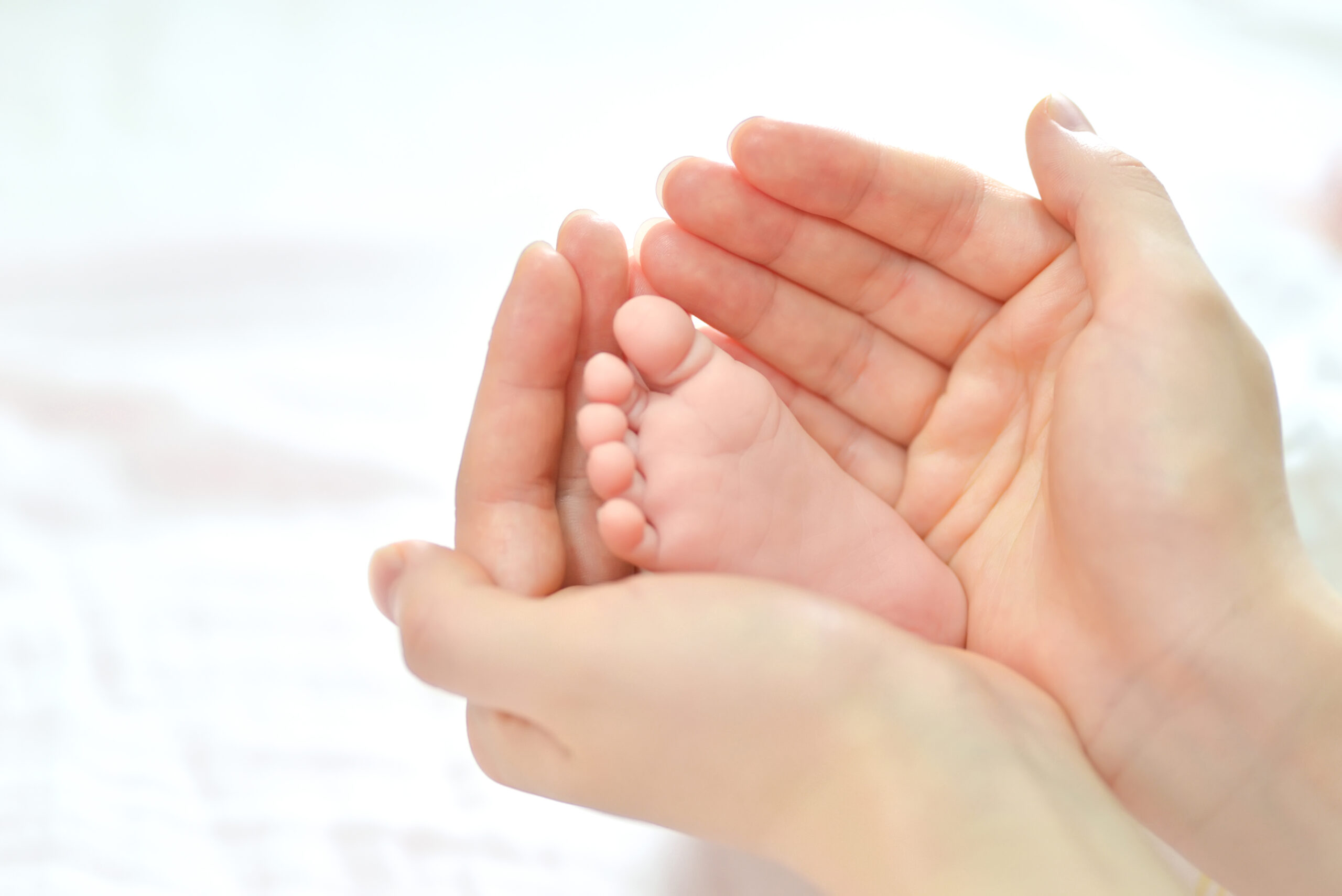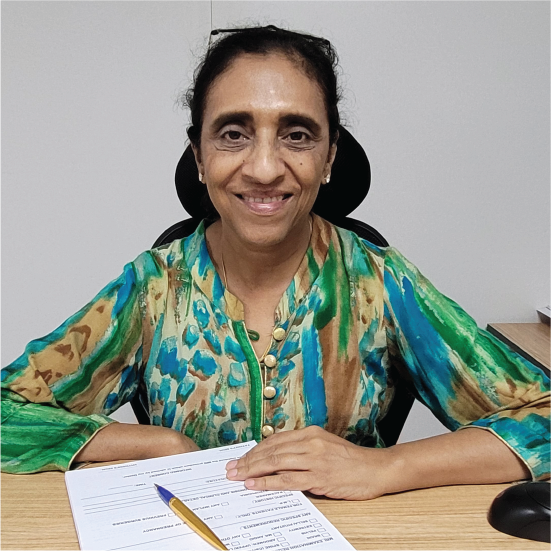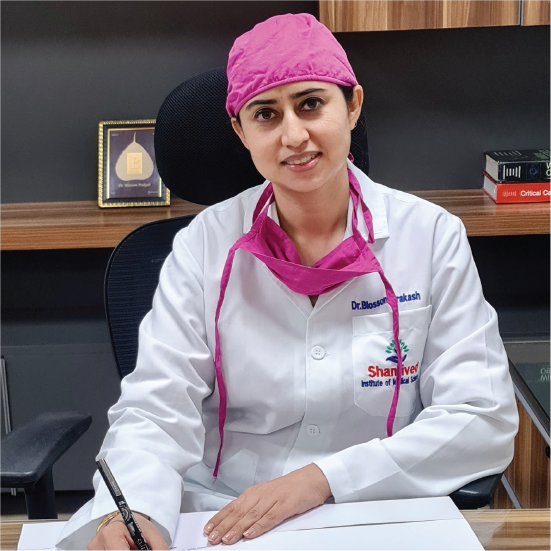Agra’s best Gynaecology care
Gynaecology

Gynaecological conditions we treat
Menstrual disorders
Menstrual periods generally last 4 days to 7 days every 21 days to 25 days. Menstrual disorders include problems like heavy or irregular periods, excessive menstrual pain, bleeding between periods. Treatment plans are based on the cause and severity of the condition, the patient’s medical history, suitability of the treatment to the patient’s lifestyle and if the patient plans to have children in future.
Endometriosis
Endometriosis is a progressive condition in which the endometrial tissue (tissue that lines the inside of the uterus) starts growing outside the uterus. Endometriosis is often painful and can also lead to fertility problems. Treatments for endometriosis include removing the abnormal tissue through laparoscopy and hormone-based medications to control the growth of the tissue.
PCOS
Polycystic ovarian syndrome(PCOS) is a common hormonal condition that occurs among women of reproductive age. In this condition, the ovaries produce excess androgens (male sex hormones) and can also develop several small cysts. It is often characterised by irregular periods, excess facial and body hair, acne, male-pattern baldness and difficulty in conception. PCOD is generally treated through medication and lifestyle changes.
Uterine fibroids
Uterine fibroids are non-cancerous growths that occur on the muscular wall inside the uterus. They range in size and often cause pelvic pain, heavy periods, fertility problems and pregnancy complications such as preterm birthing. Uterine fibroids are generally removed through minimally invasive surgeries and hysteroscopy procedures.
Ovarian cysts
Ovarian cysts are abnormal fluid-filled sacs found in or on the ovaries. While many ovarian cysts are harmless, large cysts can lead to severe pelvic pain, bloating and fertility issues. Ruptured ovarian cysts can also cause severe health complications and require immediate medical intervention. This condition is generally treated based on the size and number of cysts with either one or a combination of medication and minimally invasive surgical procedures.
Pelvic floor disorders
Pelvic floor disorders affect a woman’s ability to urinate or have a bowel movement due to weakened pelvic floor muscles. Pregnancy and childbirth are two of the most common causes of this disorder among women. It is treated with either one or a combination of lifestyle changes, pelvic floor exercises, hormone treatment, vaginal pessaries (a device used to support uterine prolapse), and surgery.
Sexually transmitted diseases
Sexually transmitted diseases or sexually transmitted infections can be passed through unsafe sexual intercourse or from mother to child during pregnancy or childbirth. These include infections like gonorrhoea, chlamydia, genital herpes, and human papillomavirus (HPV). While most of these diseases can be prevented by practising safe intercourse with precautions.
Menopausal problems
Menopause is a natural phenomenon defined as the end of the menstrual cycle. It is diagnosed after 12 months of absent periods. During the time leading up to menopause or perimenopause, women can experience several unpleasant symptoms like hot flashes, chills, sleep disorders, and hair fall. These physical, emotional and behavioural changes are generally managed through hormone therapy, vaginal oestrogen and other medications as well as lifestyle modifications.
Gynaecological cancers
Gynaecological cancers refer to a group of cancers that can occur in the female reproductive system. These are cervical cancer, ovarian cancer, vaginal cancer, vulval cancer and uterine cancer. Routine gynaecology check-ups can help in early diagnosis and better prognosis. Treatment protocols for gynaecological cancer depend on the stage and type of cancer. Fertility preservation procedures like egg & embryo freezing are recommended prior to starting treatment if the patient intends to have children later.
Adolescent gynaecological problems
Gynaecological problems during adolescence are fairly common and can have physical and psychological effects on young women and teenagers. Common adolescent gynaecological problems include vaginal disorders, vulval injury, menstrual problems, sexual development disorders, abnormal skin changes and abnormal vaginal discharge. Comprehensive age-appropriate care and treatment alternatives are offered based on the condition and its impacts to ensure a safe and healthy transition to adulthood.
Why Choose
SVIMS
State-of-the-art modular operation theatres, Latest technology for minimally invasive procedures, Expertise in simple to complex gynaecological conditions including gynae-oncology and uro-gynae

Our Medical
Experts
Dr. Madhu Prakash
Reg. No – 22414 (MCI)
Timings:
On Appointments
Dr. Blossom Prakash
FICRS, Fellow in IVF, Reg. No – 61756 (MCI)
Timings:
10.30 AM to 3 PM
Monday, Wednesday, Saturday
Our Empanelled TPAs & Insurance Companies

Book your visit
GynaecologyBlogs
Successful stories
and client testimonials

In short words
Today Shanti Ved Hospitals offer relief to thousands of patients from across the world each year, and we will continue to remain committed to providing the best surgical techniques, coupled with the latest technology in the years to come.
About us
Subscribe
Sign up for Shantived newsletter to receive all the news offers and discounts from Shantived Hospitals.


